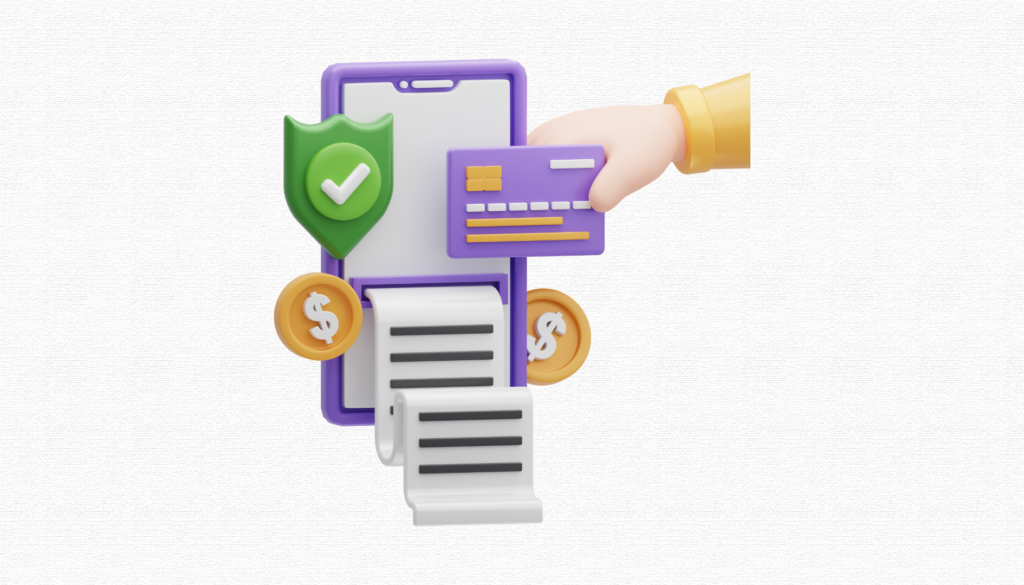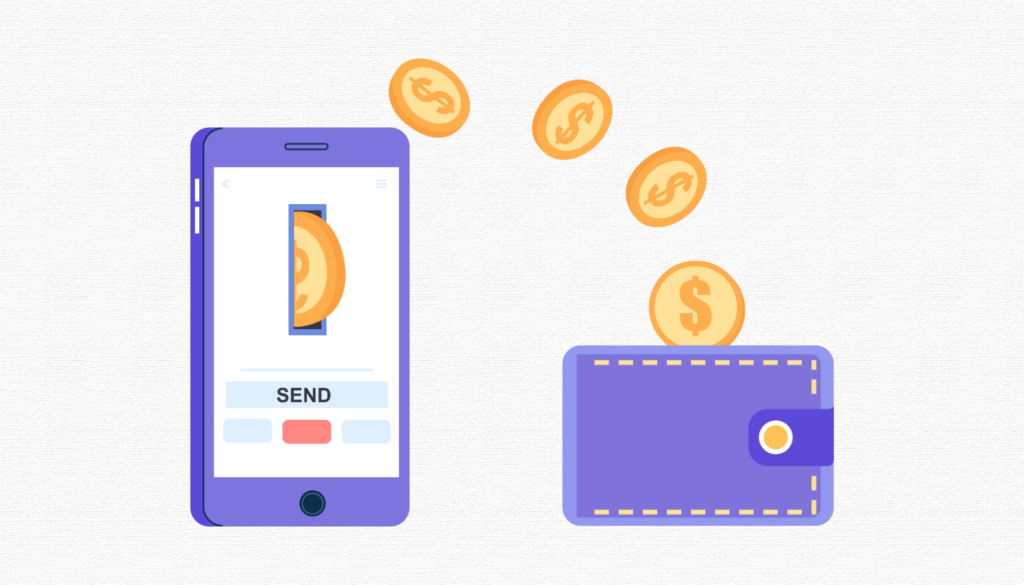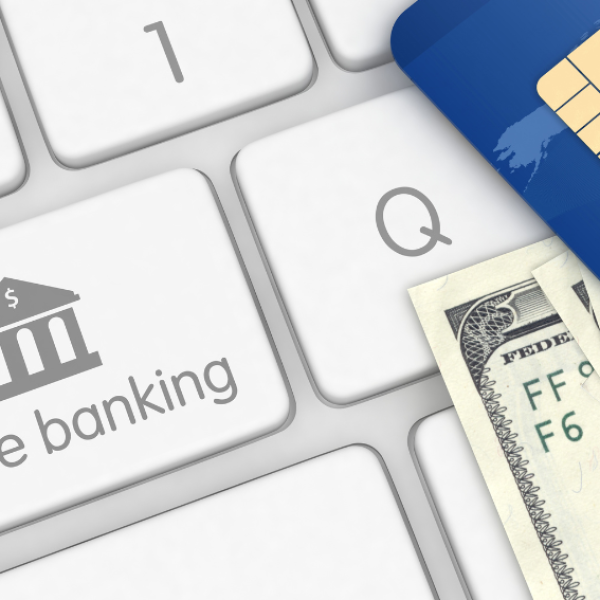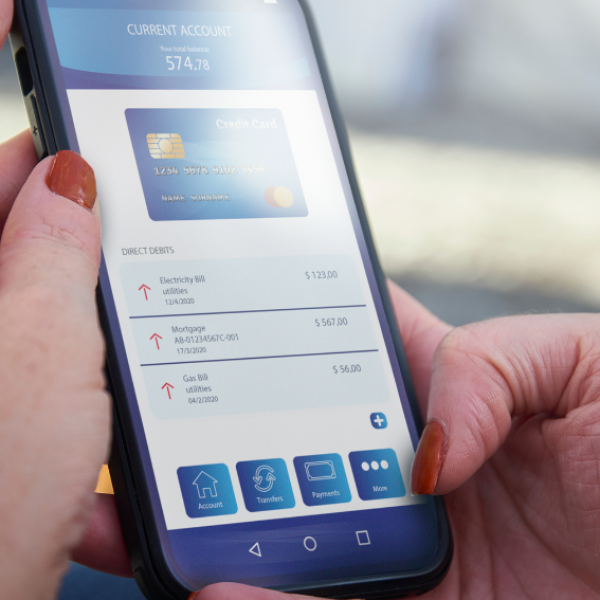Mobile wallets, with their convenience, security, and user-friendly interfaces, have become a popular choice. Almost 65% of US citizens, or about 161 million users, adopted mobile wallets in 2024, a clear sign of their widespread use. As businesses and consumers increasingly adopt this technology, it’s crucial to understand its advantages, market landscape, and robust security features.
This article will illuminate some interesting user queries about mobile wallets, including their definitions, diverse types, benefits, and additional insights.
In This Article
ToggleWhat Are Mobile Wallets?

A Mobile Wallet is a payment service that facilitates money transfers via mobile devices, offering convenience and accessibility. Also referred to as e-wallets, they are tailored for mobile devices and function as digital versions of physical wallets that can be carried in your pocket. These wallets store payment information such as credit/debit card details and cash balances, enabling seamless online and offline transactions.
Mobile wallets are digital solutions for instant bill payment without the need for cash or constant card usage, further securing you from stealing your card number. Utilizing your smartphone or tablet, you can effortlessly make payments through installed e-wallet apps, eliminating the necessity always to carry physical currency.
Powered by Near-Field Communication (NFC) technology, mobile wallets enable data transfer between devices, presenting a modern alternative to traditional wallets. Beyond convenience, they offer robust security and speed, facilitating contactless transactions that are ideal for scenarios where minimal physical interaction is preferred. Examples of mobile wallets include Google Pay, Samsung Pay, and Apple Pay.
How Does Mobile Wallets Work?

When initiating a purchase or payment, the application utilizes NFC technology, which leverages radio frequencies for device-to-device communication. The payment app relays payment details to the merchant’s Point-of-Sale (POS) terminal using a personalized identification format. This information exchange is typically activated when the user waves or holds an NFC-enabled mobile device near the store’s NFC reader.
For instance, suppose you’ve linked your debit card to Google Pay and wish to utilize it at a retail outlet. You’d position your phone close to the card reader, initiating NFC communication with your device. Google Pay prompts for verification, such as face recognition or a passcode, before requesting confirmation for payment through the default method stored in the app. Subsequently, the payment details are transmitted via NFC technology. The process unfolds seamlessly through the following steps:
- Users download and install the mobile wallet application on their devices, integrating their payment details within the app.
- To execute a transaction, customers access the mobile wallet within the mobile app, opt for the desired payment method, and then tap or scan their device on a point-of-sale terminal or another NFC-capable mobile device. The transaction is securely and promptly processed.
- Mobile wallets safeguard payment information by employing various security protocols, such as encryption, two-factor authentication, and biometric validation (e.g., fingerprint or facial recognition).
- Mobile wallets extend functionality by seamlessly integrating diverse applications, services, and loyalty programs. This integration empowers users to conduct payments, accrue rewards, and manage finances effortlessly from a unified platform.
In essence, mobile wallets furnish a user-friendly, secure, and streamlined avenue for conducting payments, transfers, and financial management directly from a mobile device.
Advantages of Mobile Wallets

There are many benefits of mobile wallets like:
- Security:
Mobile wallets are recognized for their enhanced security features. Utilizing tokenization, they safeguard sensitive account data, offering additional protection.
Plus, mobile wallets are stored on mobile devices, requiring passcodes, face identification, or fingerprint scans to unlock them before making payments. In the event of a lost or stolen smartphone, mobile wallet companies can delete data, further enhancing security measures remotely.
- Accessibility:
Centralizing all card details in one place streamlines day-to-day transactions, enhancing convenience. Additionally, smartphones’ ubiquitous presence ensures easy accessibility, transforming them into multifunctional devices beyond mere communication tools.
- Versatility:
Mobile wallets offer a wide array of transactional capabilities, including bill payments (DTH, electricity, water, broadband, cable, etc.), purchasing tickets for flights, buses, or trains, buying movie tickets and groceries, and facilitating money transfers. Their utility spans various aspects of daily life, extending their reach far and wide.
- Instant Money Transfer:
Mobile wallets like Apple Pay, Google Pay, and Samsung Pay enable swift money transfers using bank accounts, debit cards, or app balances. Apple Pay even allows users to add funds from sources like debit cards. This facilitates quick transactions, whether it’s paying back a friend or splitting bills.
- Convenient Bill Splitting:
Mobile wallets like Venmo or Google Pay simplify bill payments and reimbursements when dining out with friends or family. The absence of physical cash is no longer a hindrance, as these apps facilitate seamless user transactions.
Venmo allows users to request payments from multiple contacts within the app, while Google Pay offers convenient payment tracking features. However, it’s important to note that the user ultimately has responsibility for bill payments.
- Integration Capabilities:
Mobile wallets boast versatile integration capabilities, allowing users to connect multiple payment methods, including credit cards, debit cards, and digital currencies.
Furthermore, mobile wallets seamlessly integrate loyalty programs, enabling users to accrue rewards points, access exclusive discounts, and receive personalized offers tailored to their spending patterns. In addition to facilitating payments, mobile wallets can manage digital assets such as boarding passes, event tickets, and coupons, providing users with a comprehensive solution.
- Mobile Wallet Loyalty Programs:
Mobile wallets serve as optimal platforms for loyalty and reward programs for businesses. Customers are more inclined to utilize a mobile loyalty card when it’s accessible on their mobile devices. Additionally, given the ubiquitous nature of mobile phones in consumers’ lives, there’s no better way to present targeted rewards and offers to the desired audience.
- Data Analytics:
While various types of mobile wallets (we will go through them in the next section) offer numerous benefits, detailed data analytics is a crucial benefit for businesses. Closed wallets (a type of wallet) afford insights into customers’ shopping histories and preferences, facilitating the implementation of more precise marketing campaigns. Real-time data analysis also aids businesses in inventory management and the creation of more accurate budgets.
- Environmental Impact:
By transitioning to mobile wallets, paper and plastic usage is reduced, aligning with environmentally conscious practices. This shift minimizes the necessity for physical cards, receipts, and other materials typically associated with traditional wallets.
The myriad benefits of mobile wallets make them an enticing choice for individuals seeking a contemporary and efficient payment solution.
Different Types of Mobile Wallets
Various types of mobile wallets have distinct transactional capabilities. Familiarizing oneself with these categories can help one select a wallet that aligns with individual requirements.
- Open Wallets:
These digital wallets allow for transactions outside the issuing entity’s ecosystem, enabling cross-ecosystem transactions. They are widely accepted among various merchants and often allow for withdrawals. Famous examples include Apple Pay, Samsung Pay, and Google Pay.
- Semi-Closed Wallets:
Semi-closed wallets are specialized for network-centric transactions and are limited to affiliated merchants and services, making them ideal for loyalty programs. Examples of such wallets are Venmo and PayPal.
- Closed Wallets:
When we say closed wallets, we mean that transactions can only be made with the issuer. Such wallets don’t offer external transactional functionalities and are used only with the wallet provider. They are typically associated with a particular brand or service. Some examples of closed wallets are retailer-specific apps and the Starbucks mobile app.
Different Technologies Used in Mobile Wallets
The technologies underpinning mobile wallets enable secure and convenient payment transactions, incorporating various key techniques:
- Near-Field Communication (NFC):
NFC technology enables contactless payments, allowing two devices, such as a phone and a payment terminal, to communicate when nearby.
This technology is deemed secure due to encrypted data transmission between devices, employing the same security protocol as chip-enabled payment cards, enhancing security compared to physical credit cards.
- Tokenization:
Mobile wallets utilize tokenization to substitute sensitive payment information, such as credit card numbers, with unique tokens that can be securely stored and transmitted, ensuring safer transactions than physical cards.
- Magnetic Secure Transmission (MST):
MST utilizes “magnetic” signals to connect the customer’s mobile device and the point-of-sale terminal. It replaces card swiping with wireless transmission of magnetic waves from the user’s device, rendering any card reader capable of receiving payments. Unlike NFC, which is limited to NFC-enabled credit card readers, MST is compatible with a broader range of card readers.
- Biometric Authentication:
Many digital wallets employ biometric authentication, such as fingerprint or facial recognition, to verify the user’s identity and prevent unauthorized access.
- Encryption:
Digital wallets employ encryption to safeguard users’ personal and financial information, protecting against unauthorized access.
- QR Codes:
QR codes function as a contactless payment method whereby a mobile app scans a specialized image. This alternative to digital money transfers at the point of sale through online payment platforms facilitates in-store purchases. Customers can make in-store payments by utilizing their device’s camera and the wallet’s scanning function.
Transactions are completed by leveraging information about the merchant and payment processor encoded within the barcoded image. Projections suggest that by 2025, 30% of smartphone owners will utilize QR codes for payments.
Conclusion
Mobile wallets have revolutionized how we conduct financial transactions, offering many advantages that cater to modern consumer needs. With their seamless integration into daily life, these digital solutions provide enhanced security, accessibility, and versatility. The widespread adoption of mobile wallets underscores their importance in today’s digital economy, with millions of users embracing their convenience. From swift money transfers to convenient bill splitting and integration with loyalty programs, mobile wallets streamline financial management while reducing environmental impact.
Knowledge about the various types and technologies used in mobile wallets can help users make informed decisions, leading to a secure and efficient payment experience. With the advancement of technology, mobile wallets are becoming more significant in shaping the future of commerce.
Frequently Asked Questions
What is a mobile wallet?
A mobile wallet stores payment information on smartphones for making purchases at participating merchants. It securely encrypts details like credit and debit cards and offers a convenient alternative to physical wallets.
What are the advantages of using a mobile wallet?
Mobile wallets offer convenience by storing multiple payment methods, enhanced security features, quick transaction processing, and budgeting tools for tracking spending.
Are there any limitations to using mobile wallets?
Limitations include limited merchant acceptance, dependency on smartphone and internet access, and the potential for overspending due to ease of use, similar to credit cards.
How do I choose and set up a mobile wallet?
When choosing, consider compatibility, security features, payment methods, and merchant acceptance. Setting up is straightforward: download the app, add payment info, and follow setup instructions for a seamless process.









1 Comment
Your comment is awaiting moderation.
5kt191
[…] What Are Mobile Wallets and What Are Their Advantages? […]